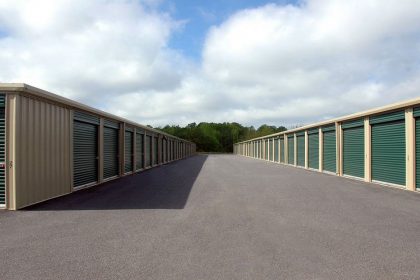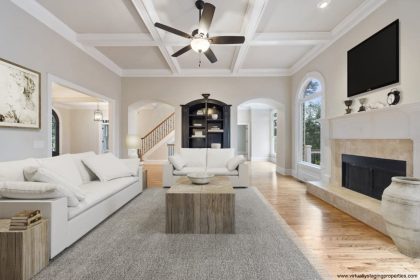The real estate industry has been undergoing a significant transformation, with technology playing a pivotal role in reshaping the way properties are marketed and sold. Virtual staging is one such technological innovation that has gained immense popularity among real estate professionals, sellers, and buyers alike. This innovative approach to showcasing properties offers numerous benefits, revolutionizing the traditional real estate landscape. In this article, we will explore five key advantages of virtual staging, highlighting how it has become a game-changer for the industry.
-
Cost-Effective Solution
Traditional home staging involves physically furnishing a property with real furniture and decor items. This process can be time-consuming and costly, as it requires purchasing or renting furniture, hiring movers, and paying for professional stagers. Additionally, the maintenance and storage of these physical furnishings add to the expenses.
Virtual staging, on the other hand, provides a cost-effective alternative. It eliminates the need for physical furniture and decorations, making it more affordable for both real estate agents and property owners. With virtual staging, a 3D rendering of a property is created, allowing for easy customization of furnishings and decor at a fraction of the cost of traditional staging. This cost savings can be particularly appealing for properties that may have a limited budget for staging or for those looking to stage multiple properties simultaneously.
-
Time Efficiency
Time is of the essence in the competitive real estate market. Traditional staging can be a time-consuming process, from sourcing and setting up furniture to waiting for professional photographers to capture the staged property. This can result in delays in listing a property, potentially causing it to stay on the market longer than desired.
Virtual staging software significantly reduces the time required to prepare a property for listing. The entire staging process, from design to implementation, can be completed rapidly, allowing properties to be listed sooner and attracting potential buyers faster. This streamlined approach is especially beneficial in markets with high demand, where properties need to be listed quickly to seize opportunities.
-
Enhanced Visual Appeal
First impressions are crucial in real estate, and the visual appeal of a property can make or break a sale. Virtual staging excels in enhancing a property’s aesthetics and making it more appealing to potential buyers. By creating high-quality 3D renderings of a property with tasteful furnishings and decor, virtual staging can transform an empty or outdated space into a visually stunning one.
Furthermore, virtual staging allows for flexibility and personalization. Different styles and designs can be applied to cater to various target demographics, making it easier to connect with potential buyers. Whether it’s a modern, minimalist look for young professionals or a cozy, family-friendly atmosphere, virtual staging can adapt to meet the preferences of potential buyers, increasing the likelihood of a successful sale.
-
Cost-Effective Updates
Real estate markets are dynamic, and sellers often need to adapt to changing trends and buyer preferences. Traditional staging can become problematic when adjustments are needed, as it requires the physical rearrangement or replacement of furnishings and decor. This can be time-consuming and costly, potentially discouraging sellers from making necessary updates.
Virtual staging, however, offers a cost-effective solution to this problem. It allows for quick and easy updates, such as changing furniture styles, colors, or decor elements, with just a few clicks. This flexibility ensures that a property can remain aligned with current market trends and buyer expectations, making it a valuable tool for staying competitive in the real estate market.
-
Wide Marketing Reach
In the digital age, online listings and photographs play a central role in the real estate buying process. Virtual staging enhances the visual presentation of a property in online listings, attracting more potential buyers and generating greater interest. The eye-catching 3D renderings created through virtual staging stand out from conventional photographs of empty spaces, making listings more engaging and memorable.
Furthermore, virtual staging offers the opportunity to showcase a property’s potential. It allows sellers to present various layout options, such as different furniture arrangements or room uses, giving buyers a clearer vision of the property’s possibilities. This can be particularly advantageous when marketing properties with unconventional layouts or unique features.
Virtual staging has emerged as a game-changer in the real estate industry, offering a range of benefits that cater to the needs of real estate professionals, sellers, and buyers. Its cost-effective nature, time efficiency, enhanced visual appeal, cost-effective updates, and wide marketing reach make it a powerful tool for selling properties quickly and at the best possible price. As technology continues to evolve, virtual staging is likely to play an even more significant role in shaping the future of real estate marketing and sales. Embracing this innovative approach can help real estate professionals stay ahead in an increasingly competitive market.





